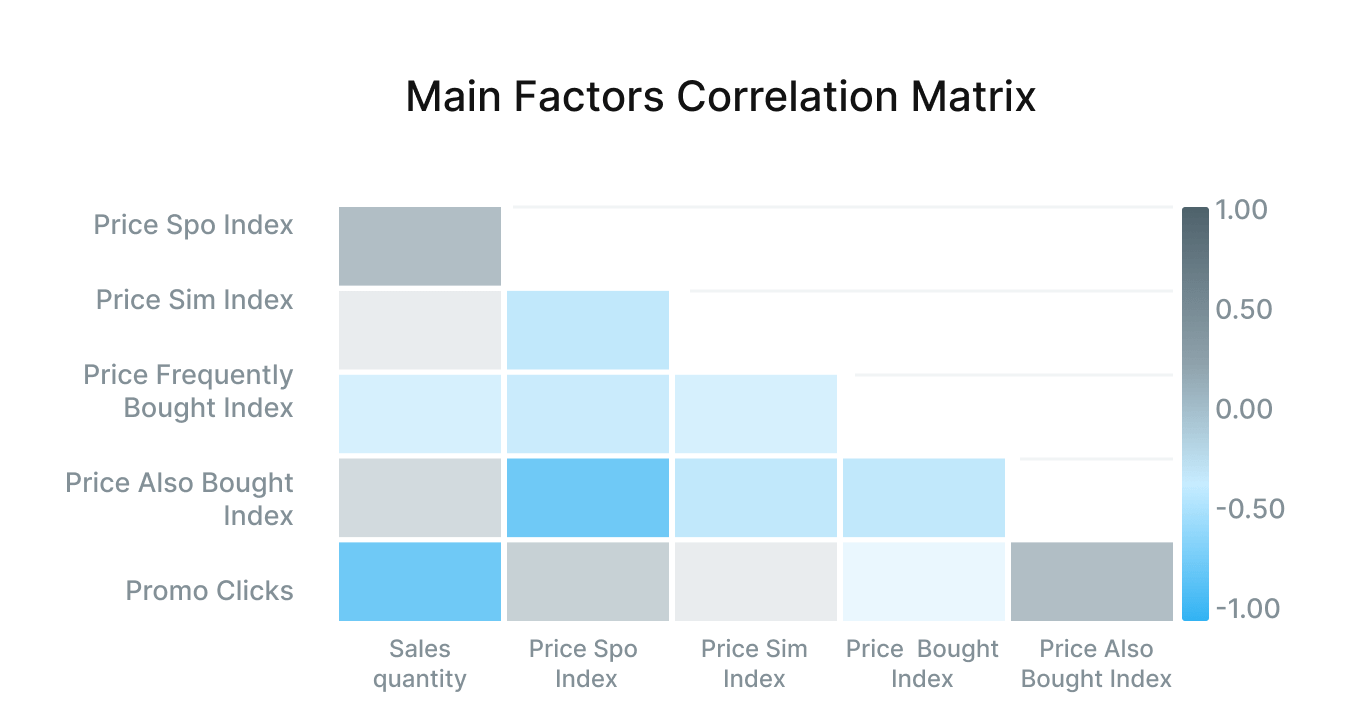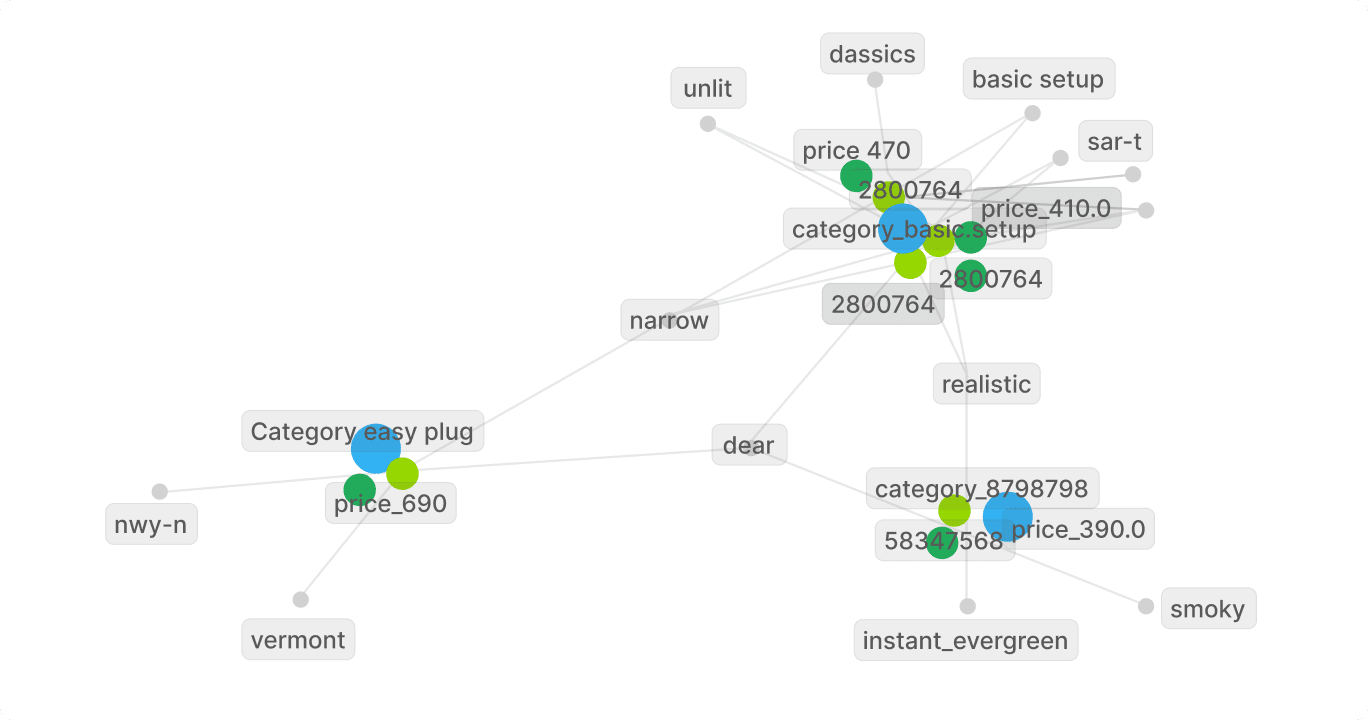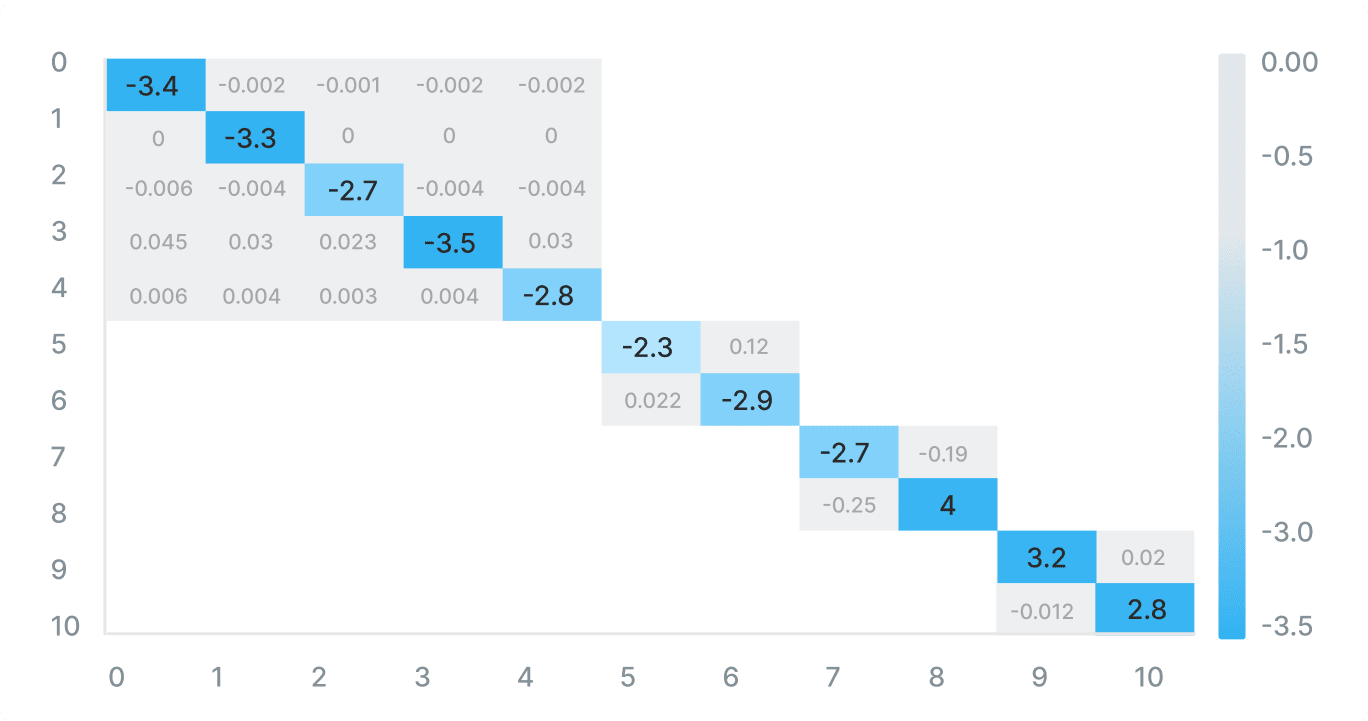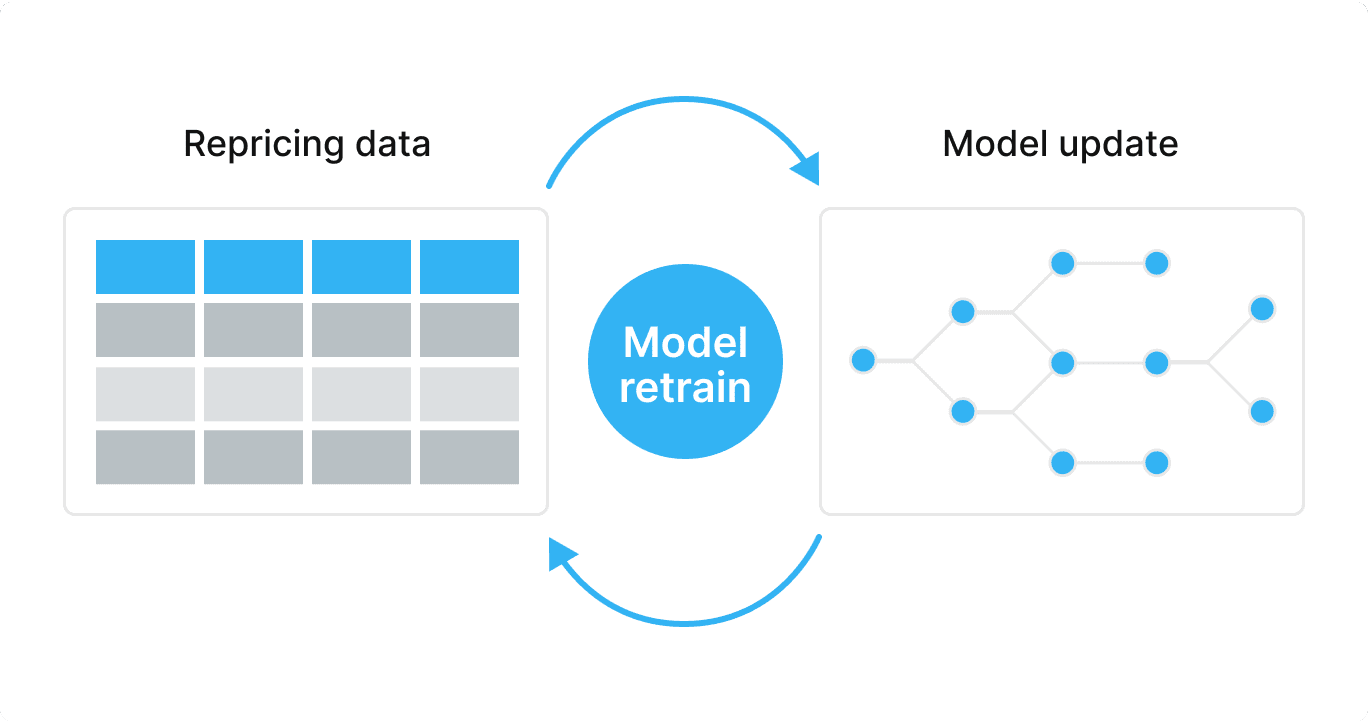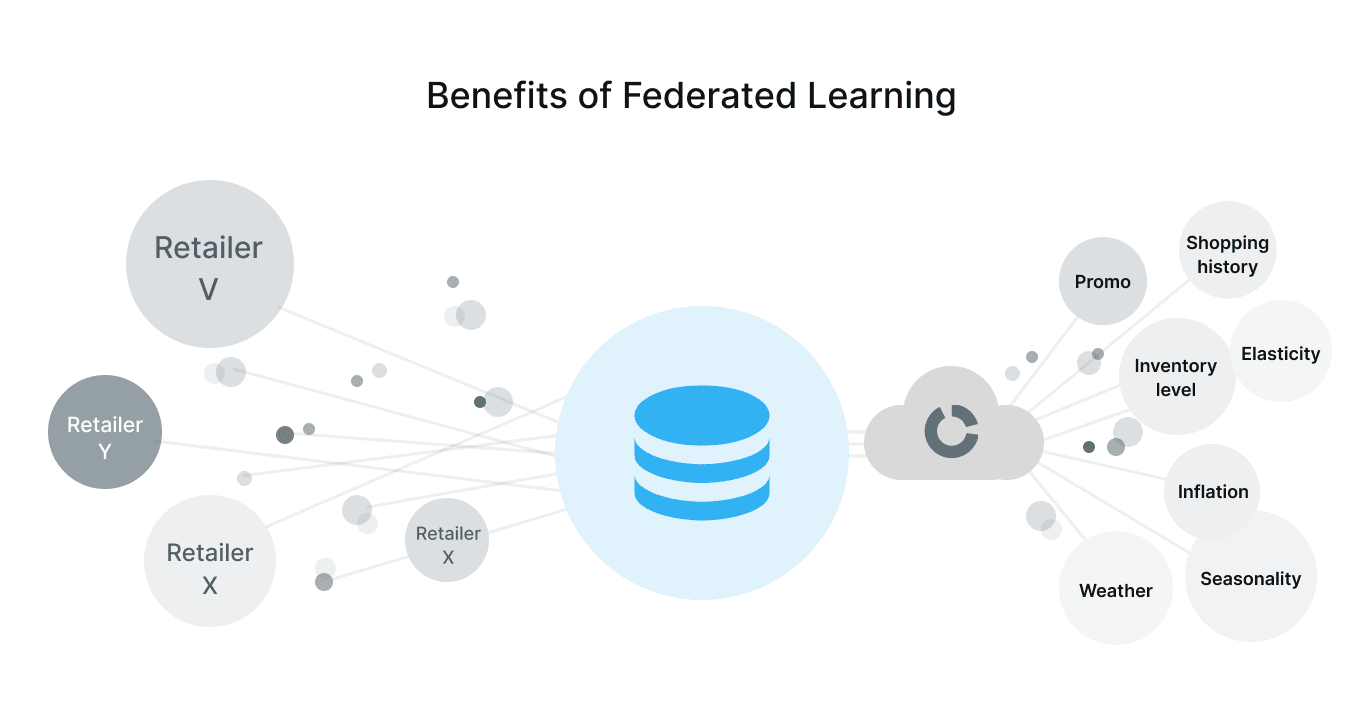How Competera Pricing Platform Works?
Artificial intelligence and machine learning changed the retail industry once and for all. As a leading second-generation AI pricing solution, Competera has become one of the technology revolution pioneers. Let’s uncover the unique technology blend under the hood of Competera.
Why AI pricing solutions of the second-generation are a revolution?
G1 – Elasticity Correlation
How do my sales react to price changes?
-
Price change
-
Sales change
Elasticity correlation between price level and sales levels changes#Reaction
G2 – Deep learning
What impacts the purchase decision of my shoppers?
-
Product
-
Price
-
Season
-
Promo
-
Competition
Multidimensional weighing of all impacting factors and creating contextual dependencies#Behaviour
The first generation of algorithmic pricing solutions automated the process of demand elasticity’s calculation. Eventually, the risk of human factor was mitigated, yet it was still about a single dependency calculation, i.e. an individual SKU’s elasticity calculated as constant.
Put it simply, the G1 solutions took over the work previously done by the pricing consultancies, which itself was a huge step ahead. However, it is not only one factor, price, that affects the sales in retail. The human brain is much more complex and while making purchases, customers either consciously or unconsciously are impacted by dozens of factors, not one or two.
When G1 solutions were deployed, they were also significantly restricted by the technical and cloud computing limitations of the software market of that time. As a result, G1 solutions still could not consider billions of interrelations within the portfolio along with the other factors impacting purchasing decisions besides elasticity. Things changed with the introduction of the second-generation AI/ML pricing solution.
Competera sustains optimal prices across portfolio and all sales channels in real-time
Instead of just measuring how a price change impacted sales, Deep Learning unlocked capabilities to investigate each factor that have impacted sales historically and predict how they would affect shoppers decisions in the future. With the large volumes of data available, it became possible to identify these impacts with high accuracy even without having the historical price change data for a particular retail store!
Competera's algorithms (™) are capable of continuously recalculating billions of possible price combinations across all the stores, categories, and sales channels based on 20+ pricing and non-pricing factors.
You can hardly find a real-life analogy among automobiles, but if you imagine one, it is like changing a car which consumes 10 gallons per 100 miles right now to the one consuming 0.1 gallons of petrol every 100 000 miles. Just to give you an idea of how tremendously higher are the quantities, complexity, and accuracy of calculations done by G2 solutions compared to G1 approach.
Internal Factors
External Factors
- Promo
- Inflation
- Product
Preferences - Restocking
- Elasticity
- Seasonality
- Cross-
product
elasticity - Similar
products - Recent
Purchases - Competitors
- Regular
price
elasticity - Promo
calendar - Weather
- Stores
- Clusters
- Channels
- Online
- Mobile
The most effective pricing engine is used for each product role and strategy
FAQ
Find answers to some of the most common questions people have regarding the use of Competera.
Which factors are considered by Competera?
- Product characteristics (belongs to the category, brand)
- Own regular price elasticity
- Cross-product elasticity
- Own price sales cannibalization
- Other product price sales cannibalization
- Cannibalization through regular pricing
- Cannibalization through promo
- Inventory levels & Sell-out
- Cost
- Distribution
- Out of stock
- Pricing tiers/store clusters
- Media reach and efficiency
- Competitors’ prices
- Competitors’ stock
- Competitors’ promo
- Competitors’ markdowns activity
- Currency exchange rates
- Seasonality
- Life cycle
- Retail internal events
- External events
- Similar products sales
- Weather
Which size of data set do retailers need to start using Competera?
Ideally, a retailer should have at least two years of historical sales data. However, we can still start with just six months of data and use simpler pricing rules. As soon as the model becomes capable of predicting impact with high accuracy, we can use ML optimization.
How do you ensure the quality of recommendations?
We have an ongoing SLA and monitor over 10 metrics, including model confidence level, elasticity distribution etc. to guarantee the quality of recommendations. All of these metrics are available in the user interface and can be easily accessed by the customer.
Please fill out the form to discover
main features of Competera

Best Analytics / BI Solutions
E-commerce Germany award

Price Optimization Solutions
Constellation

Trusted Vendor 2025
Crozdesk

Top 3 startups at the AI Summit
London Tech Week

Now Tech: Pricing and Promotion
Forrester

Happiest Users 2025
Crozdesk
